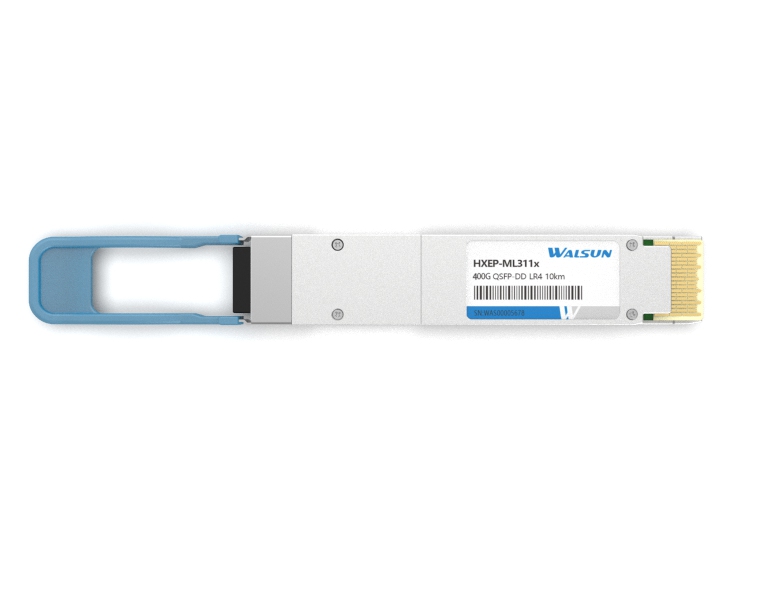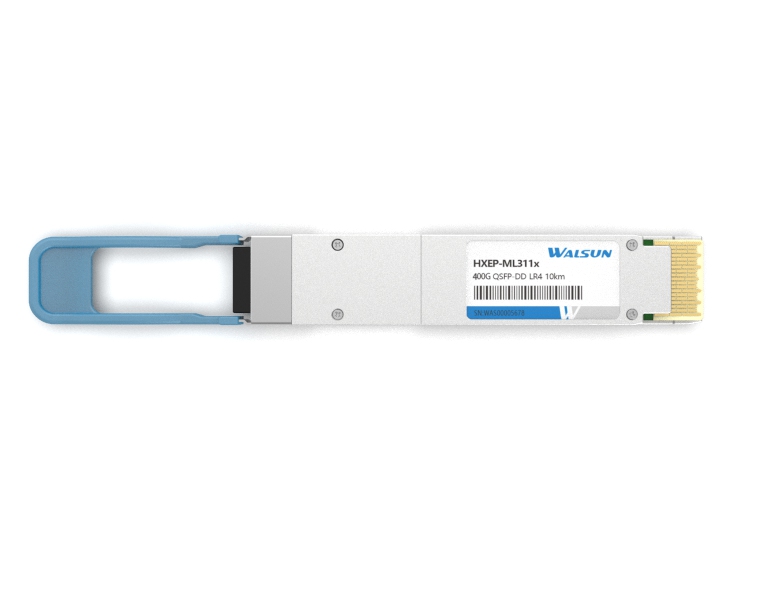PRODUCTS

- QSFP+ (Quad Small Form-factor Pluggable Plus) transceivers are used for high-speed data communication applications in networking equipment. These transceivers support various communication standards and are designed for different purposes. Here are some common types of QSFP+ transceivers:QSFP+ SR4 (Short-Range 4): This transceiver is designed for short-range connections using multimode fiber. It s380

- There are several different types of QSFP 100G modules, each with a different form factor and functionality:1. QSFP28: This is a standard QSFP form factor with four lanes of 25 Gbps, allowing for 100Gbps Ethernet and InfiniBand applications.2. QSFP28-DD (Double Density): This form factor supports eight lanes of 25 Gbps, doubling the capacity to 200Gbps, or four lanes of 50 Gbps for 200Gbps Etherne627

- Yes, QSFP28 supports both 40G and 100G Ethernet connections.In the data center, various types of optic module transceiver are seen everywhere, such as SFP, SFP+, XFP, SFP28, QSFP/QSFP+, CFP and QSFP28. However, for those who get in touch with them for the first time, just like me, maybe most information, is unfamiliar to them. Fortunately, I have right collected some materials about them some time1154

- There are several different types of 40G QSFP (Quad Small Form-factor Pluggable) transceivers, including:1. 40GBASE-SR4: This transceiver uses multimode fiber (MMF) and has a reach of up to 100 meters.2. 40GBASE-LR4: This transceiver uses single-mode fiber (SMF) and has a reach of up to 10 kilometers.3. 40GBASE-LR4L: This transceiver also uses single-mode fiber (SMF) but has a longer reach of up t1393

- Yes, QSFP (Quad Small Form-factor Pluggable) and QSFP28 are compatible. QSFP28 is backward compatible with QSFP, so a QSFP28 transceiver can be used in a QSFP port. However, it's important to note that the speed and capabilities of the transceiver will be limited to the specifications of the QSFP port.302


 CHS
CHS Walsun Mall
Walsun Mall










